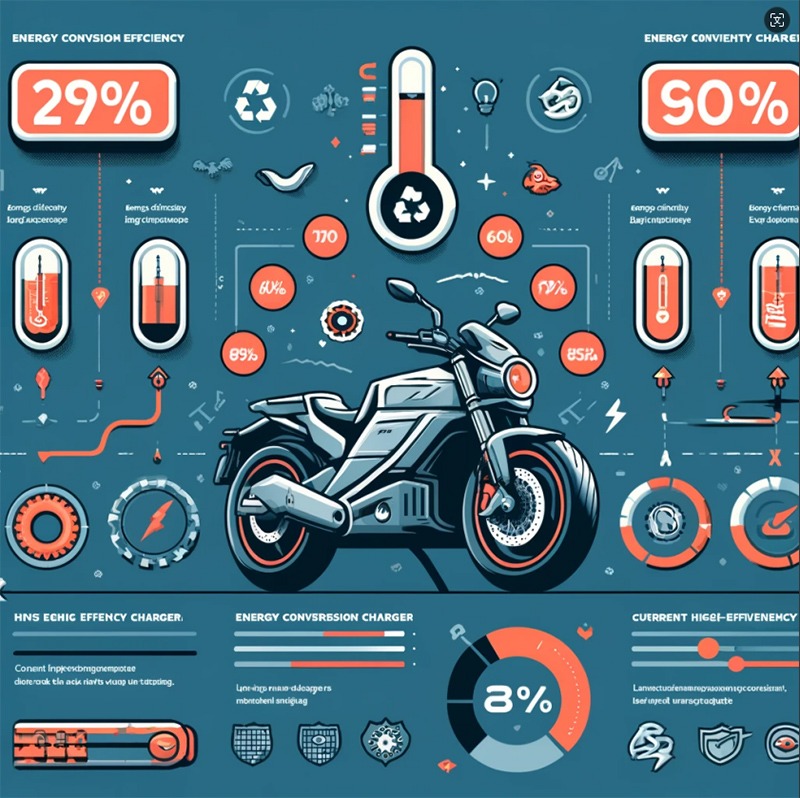Performance Requirements for Chargers for Electric Transportation Vehicles
With the widespread adoption of electric transportation vehicles, the performance requirements for chargers have become increasingly stringent. Electric transportation vehicles, including electric cars, electric bicycles, and electric scooters, have specific technical requirements for charger power, efficiency, safety, interface standards, and intelligent functions. This article will explore these performance requirements in detail to provide a reference for technical personnel and users in the related fields.
I. High Power and High Efficiency
Chargers for electric transportation vehicles need to have high power output and high conversion efficiency.
1. High Power Output: Large electric transportation vehicles, such as electric cars, require high-power chargers. For example, Tesla’s Supercharger can provide up to 250kW of power, while typical home chargers range from 7kW to 22kW. High-power charging can significantly reduce charging time and enhance user experience.
2. High Conversion Efficiency: The energy conversion efficiency of chargers is crucial. Efficient chargers can reduce energy waste, minimize heat loss during charging, and improve overall energy efficiency. Current high-efficiency chargers typically have an energy conversion efficiency of over 90%, with some advanced chargers reaching over 95%.
II. Interface Standardization
Interface standardization is a critical performance requirement for chargers for electric transportation vehicles.
1. Unified Standards: Globally, the main charging interfaces for electric transportation vehicles include Type 1 (SAE J1772), Type 2 (IEC 62196), and CHAdeMO. As electric transportation vehicles become more popular, countries and major manufacturers are promoting the unification of charging interfaces so that different brands and models can share charging facilities.
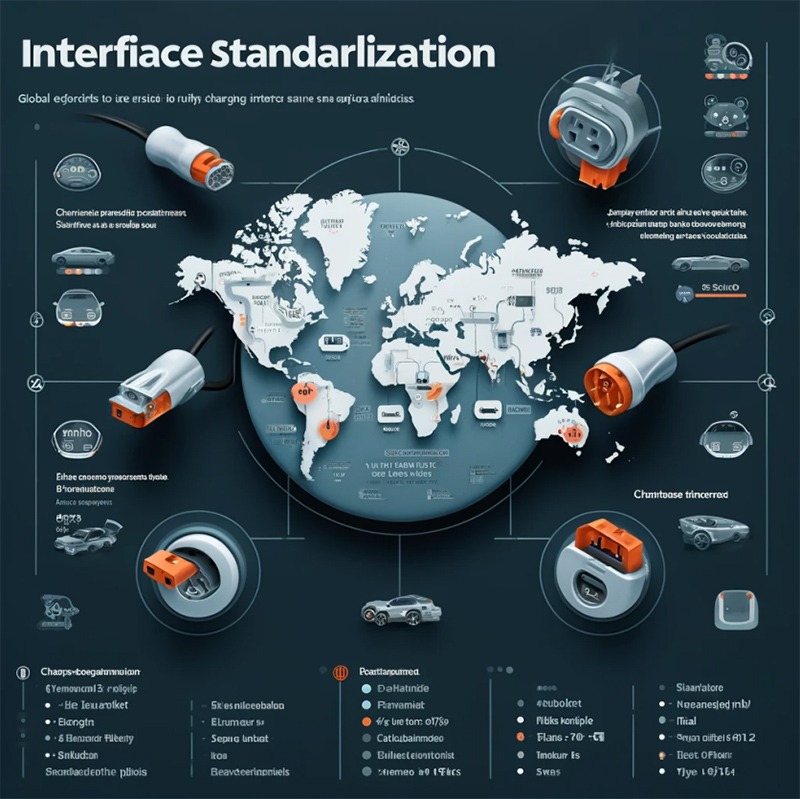
2. Compatibility and Adaptability**: Chargers need to have good compatibility and be able to adapt to different charging interface standards. They should also be capable of automatically recognizing different devices and adjusting charging parameters to ensure efficient and safe charging.
III. Safety
Safety is the most important performance requirement for chargers for electric transportation vehicles.
1. Multiple Protection Mechanisms**: Chargers need to have multiple safety protection mechanisms, including overcurrent protection, overvoltage protection, short circuit protection, and overheat protection. These mechanisms can effectively prevent various potential hazards during charging, ensuring safety.
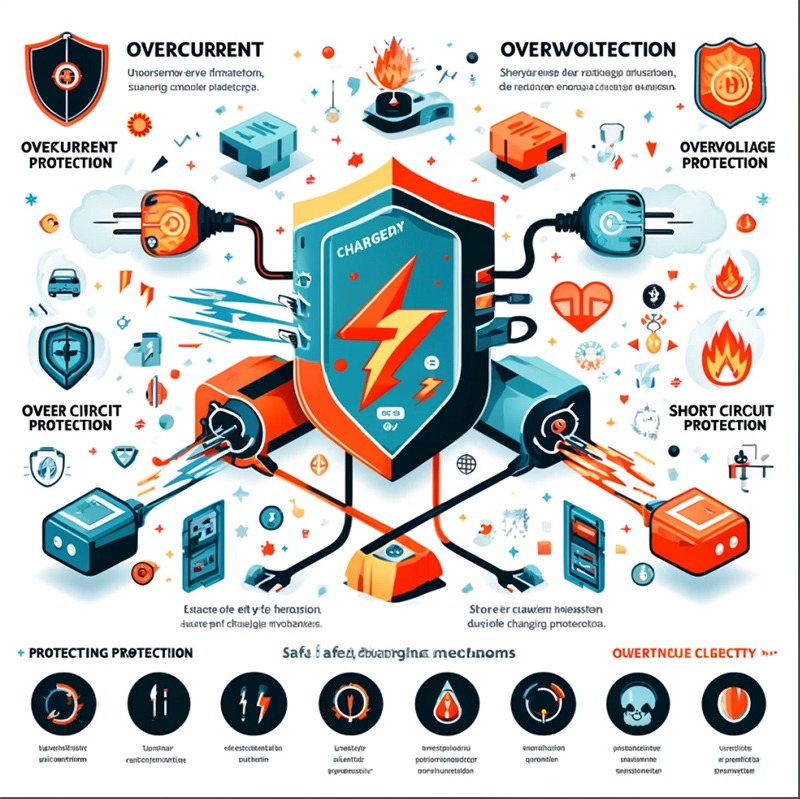
2. Protection Rating: Since chargers for electric transportation vehicles are often used outdoors, they need to have a high protection rating, at least IP65, to prevent water and dust from entering the charger and ensure normal operation in harsh environments.
IV. Intelligent Functions
With the development of IoT and intelligent technology, chargers for electric transportation vehicles are increasingly equipped with intelligent functions.
1. Remote Monitoring and Management: Modern chargers are often equipped with networking capabilities, allowing users to monitor the charging status, view charging progress, and even start or stop charging remotely through a mobile app or other terminal devices. This intelligent management not only enhances user convenience but also improves the operational efficiency of charging stations.
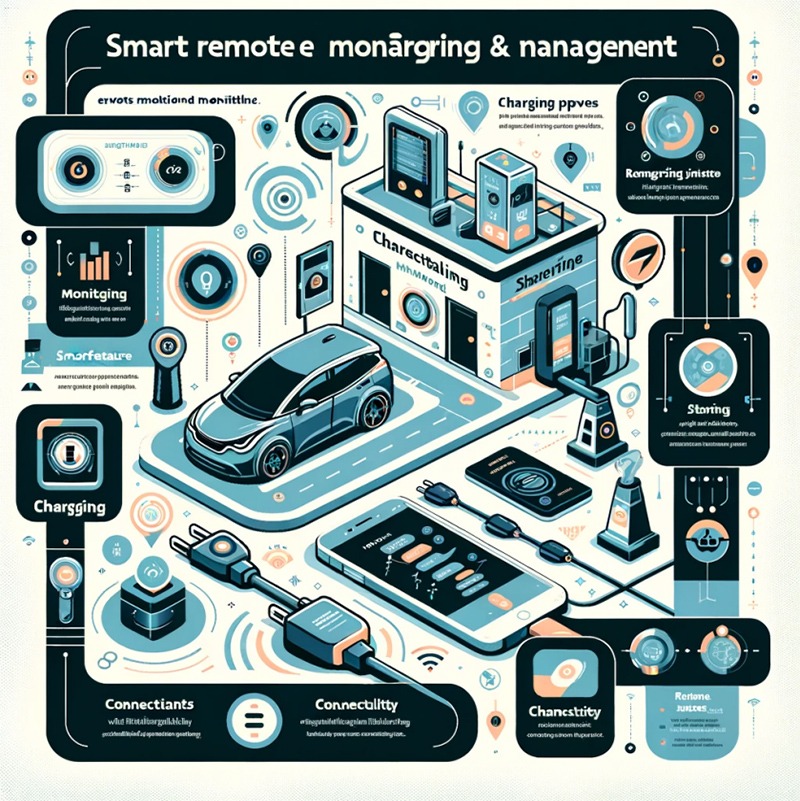
2. Dynamic Load Management: Intelligent chargers can dynamically adjust charging power according to the grid load, avoiding excessive pressure on the grid during peak periods. This dynamic load management helps balance the grid load and enhance grid stability and reliability.
V. Environmental Protection and Sustainability
Environmental protection and sustainability are indispensable factors in the design of modern chargers.
1. Energy-saving Design: Chargers should adopt energy-efficient designs to reduce energy consumption and environmental pollution. High energy conversion efficiency and low standby power consumption are key to energy-saving design.
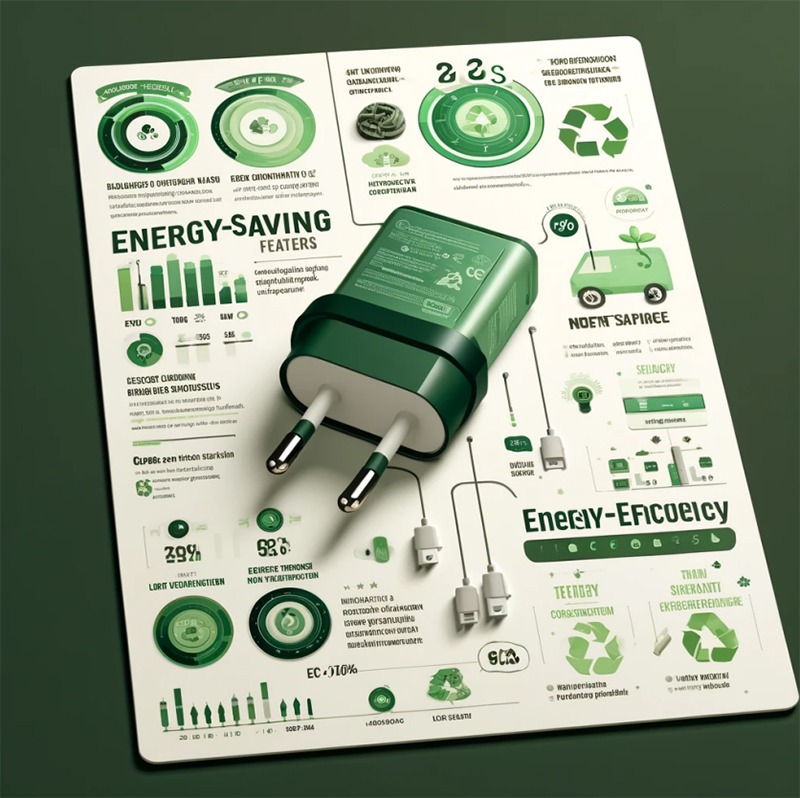
2. Utilization of Renewable Energy: Some advanced chargers can utilize renewable energy sources, such as solar energy, for charging, further reducing dependence on traditional energy sources and promoting green transportation development.
The performance requirements for chargers for electric transportation vehicles encompass high power, high efficiency, interface standardization, safety, intelligent functions, and environmental protection and sustainability. These requirements not only affect the performance and user experience of chargers but also directly impact the adoption and development of electric transportation vehicles. With continuous technological advancements, future chargers will achieve greater breakthroughs in all aspects, providing strong support for the widespread use of electric transportation vehicles.

